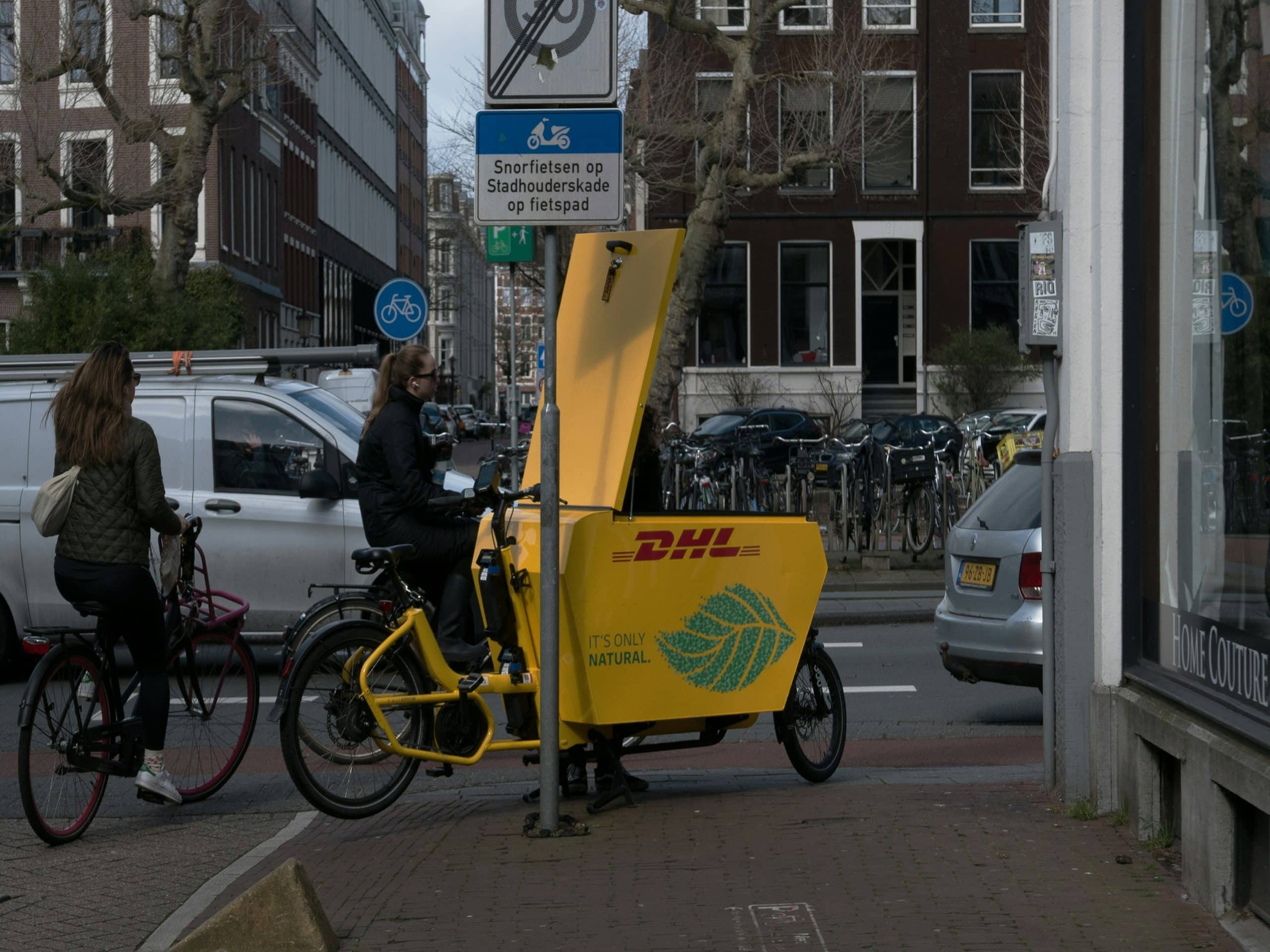Can eco-friendly transportation options reduce urban noise pollution and stress levels?

Noise pollution in modern cities has become an incessant issue that affects our health and well-being. High noise levels from urban transportation significantly contribute to this environmental hazard. However, recent advancements in eco-friendly transportation options promise new hope for reducing urban noise pollution and, consequently, stress levels.
In this article, we will delve deep into the nexus between noise pollution, health, and transportation. We will also explore how sustainable transportation modes can be instrumental in curbing urban noise pollution and promoting a healthier urban environment.
En parallèle : Unlock the thrill of anime mystery boxes right now
The Impact of Noise Pollution on Urban Health
Noise has become a ubiquitous part of our urban experiences. Whether it’s the incessant honking of cars in traffic or the rumbling of heavy-duty vehicles, noise pollution has permeated every facet of our city lives. This constant exposure to noise doesn’t just disrupt our peace—it has tangible impacts on our health.
Prolonged exposure to high noise levels, primarily due to transportation, can lead to adverse health effects. The World Health Organization (WHO) classifies environmental noise as a major public health issue, linked with heart disease, cognitive impairment in children, and sleep disorders.
A lire également : Top reasons to invest in thailand real estate today
Moreover, noise pollution also triggers stress responses, heightening instances of anxiety and depression. Chronic exposure to traffic noise, in particular, has a severe impact on mental health and general well-being.
Noise Pollution: The Transportation Connection
Urban transportation is a significant perpetrator of noise pollution. As cities grow in population and size, the demand for transport increases and consequently, the level of noise emitted by these modes of transportation.
Road transportation, especially, is a primary source of environmental noise. Heavy traffic, which is a common phenomenon in urban areas, contributes significantly to high noise levels. The engines, brakes, tires, and aerodynamic noise from vehicles contribute to the overall noise pollution in cities.
Public transportation systems, while environmentally better, still contribute to the noise levels. Trains, buses, and even airplanes contribute their share to the cacophony of urban noise.
Sustainable Transportation: A Step Towards Quieter Cities
The advent of eco-friendly transportation options presents an opportunity to mitigate noise pollution in cities. These vehicles, designed with the environment in mind, are not only more energy-efficient but also significantly quieter.
Electric vehicles (EVs) are a leading example in this sphere. Unlike their traditional, combustion-engine counterparts, EVs produce almost no tailpipe emissions, helping reduce air pollution. Additionally, they operate relatively quietly, which can significantly lower noise pollution levels in urban environments.
Similarly, cycling, walking, or using other non-motorized modes of transportation also contribute to less noise in our cities. These modes of transport are not only sustainable but also promote physical health and reduce stress.
The Road Ahead: Policies to Promote Eco-friendly Transportation
While eco-friendly transportation options are promising, they need to be adopted widely to make a significant difference. Policies that encourage the use of such modes can help accelerate this shift.
Incentives for electric vehicles, for instance, can make them a more attractive option for consumers. Similarly, creating dedicated lanes and infrastructure for bicycles can promote cycling as a viable mode of urban transport.
Moreover, urban planning can play a critical role in reducing noise pollution. For instance, designing cities in a way that segregates residential areas from high-traffic zones can help mitigate exposure to traffic noise.
While eco-friendly transportation options are our best bet toward reducing noise pollution, they are not a panacea. They need to be part of a broader, comprehensive strategy that involves urban planning, policy changes, and public awareness to truly transform our cities into healthier, quieter spaces.
In conclusion, it’s clear that noise pollution in our cities is a significant health issue that needs immediate attention. Eco-friendly transportation options present a viable solution to this problem. Not only can they help reduce noise pollution, but they also promote a more sustainable, energy-efficient future. However, for this to happen, we need concerted effort and commitment from all stakeholders in urban development—policymakers, urban planners, and every one of us. Together, we can make our cities better, quieter, and healthier places to live.
Harnessing Technology for Noise Reduction in Transportation
Technological advancements hold the key to creating quieter modes of transport. This not only includes electric vehicles, but also improvements in traditional modes of transport to make them less noisy.
The use of noise reduction technologies in vehicles can substantially reduce their noise output. For instance, noise-absorbing materials can be used in vehicles’ bodywork to reduce engine noise. Further, innovations in tire design can reduce the amount of noise produced by tire friction.
Public transport systems can also benefit from noise reduction technologies. Modern trains are being designed to be quieter and smoother, reducing both noise and vibration pollution. The use of electric buses can also contribute to reducing noise and air pollution—a double win for the environment.
Autonomous vehicles, the next frontier in transportation, are expected to be quieter too. Apart from being energy-efficient, these vehicles, by virtue of their design and operation, will contribute less to noise pollution.
In addition, the use of technology in traffic management can alleviate traffic congestion, which in turn can help reduce noise levels in cities. Intelligent traffic systems can optimize traffic flow, reducing unnecessary honking and braking noise.
However, it’s important to understand that technology is only one piece of the puzzle. A holistic approach, encompassing urban planning, changes in societal behavior, and policy support, is vital for reducing noise pollution in our cities.
Conclusion: Making Cities Quieter and Healthier
In conclusion, the noise pollution problem in our cities is a significant public health issue that urgently needs addressing. The adoption of sustainable transport options can play a vital role in mitigating urban noise pollution and fostering healthier, quieter urban environments.
Eco-friendly, energy-efficient modes of transportation such as electric vehicles, cycling, and walking can contribute significantly to reducing noise levels. Technological advancements in noise reduction can also help make traditional modes of transport quieter.
However, it’s essential to remember that these solutions need to be complemented by thoughtful urban planning, effective traffic management, and supportive policies.
The road to quieter cities involves a multi-faceted approach. It requires the combined efforts of policymakers, urban planners, technology innovators, and the public at large.
By making informed choices about our modes of transportation and advocating for policies that promote eco-friendly transport, we all can contribute to reducing noise pollution. We have the power to shape our cities into healthier, quieter, and more sustainable environments.
The journey ahead is challenging, but with concerted effort and commitment, it’s certainly possible. As the saying goes, "The journey of a thousand miles begins with a single step." Let’s take that step together for our health and our planet’s future.
